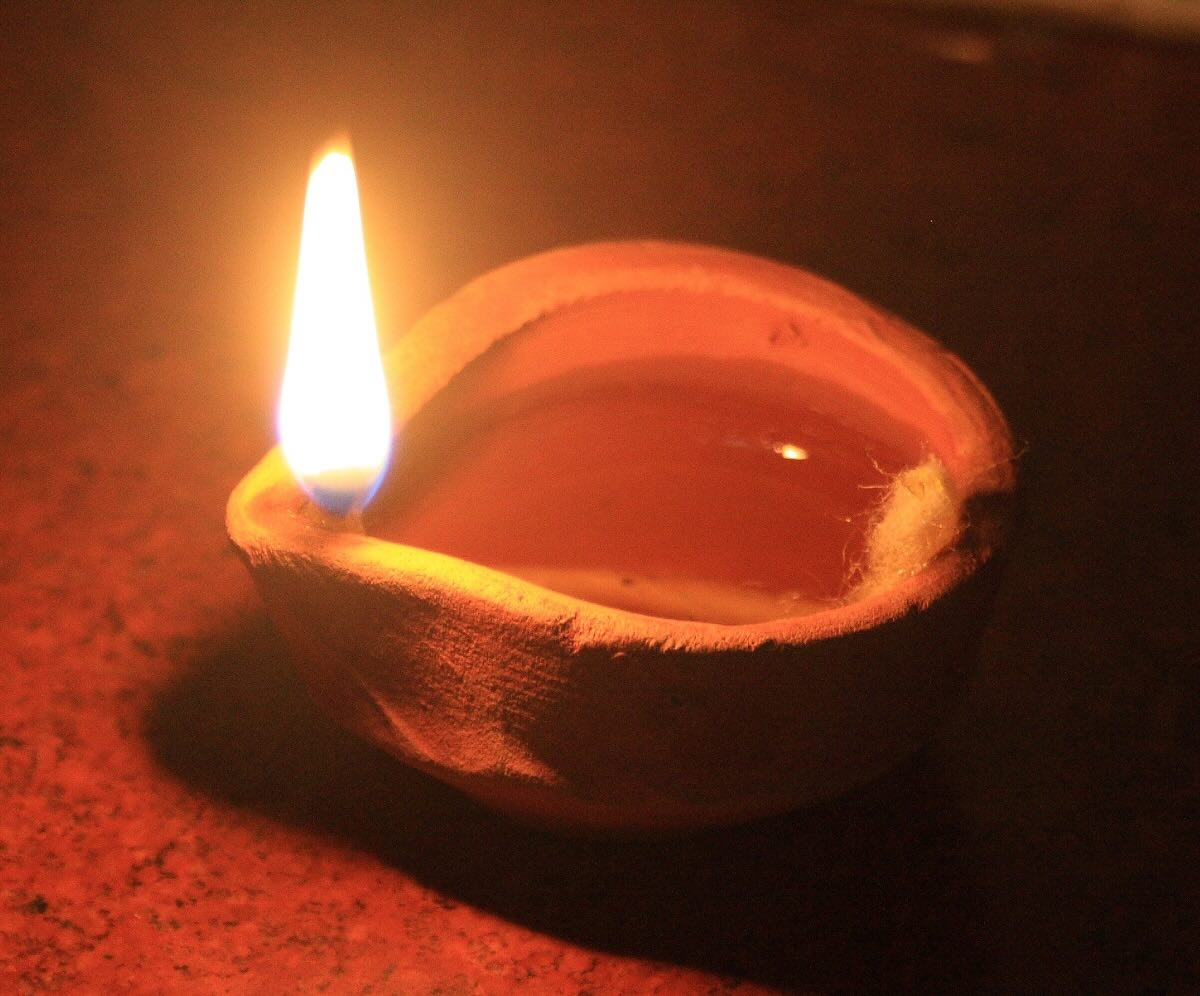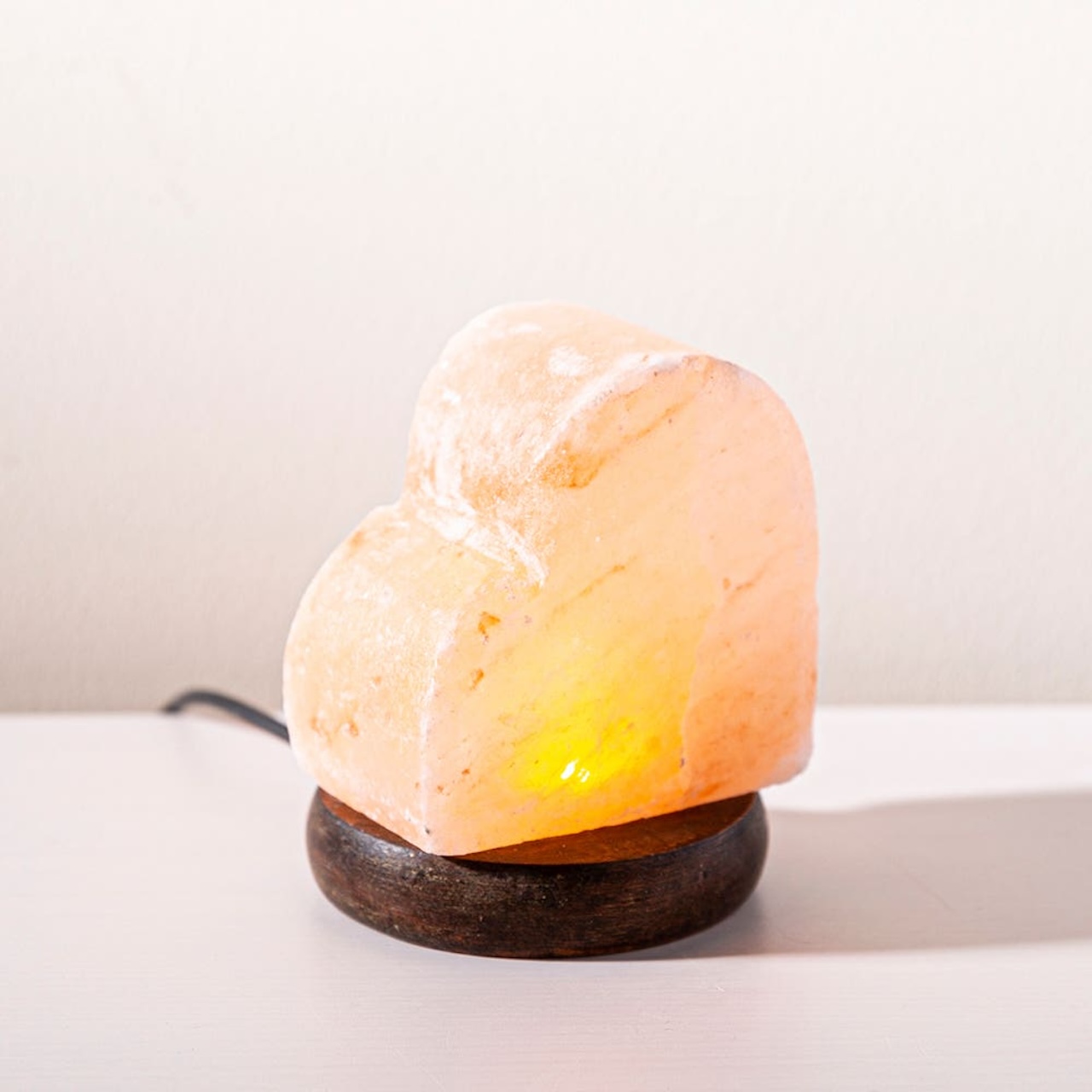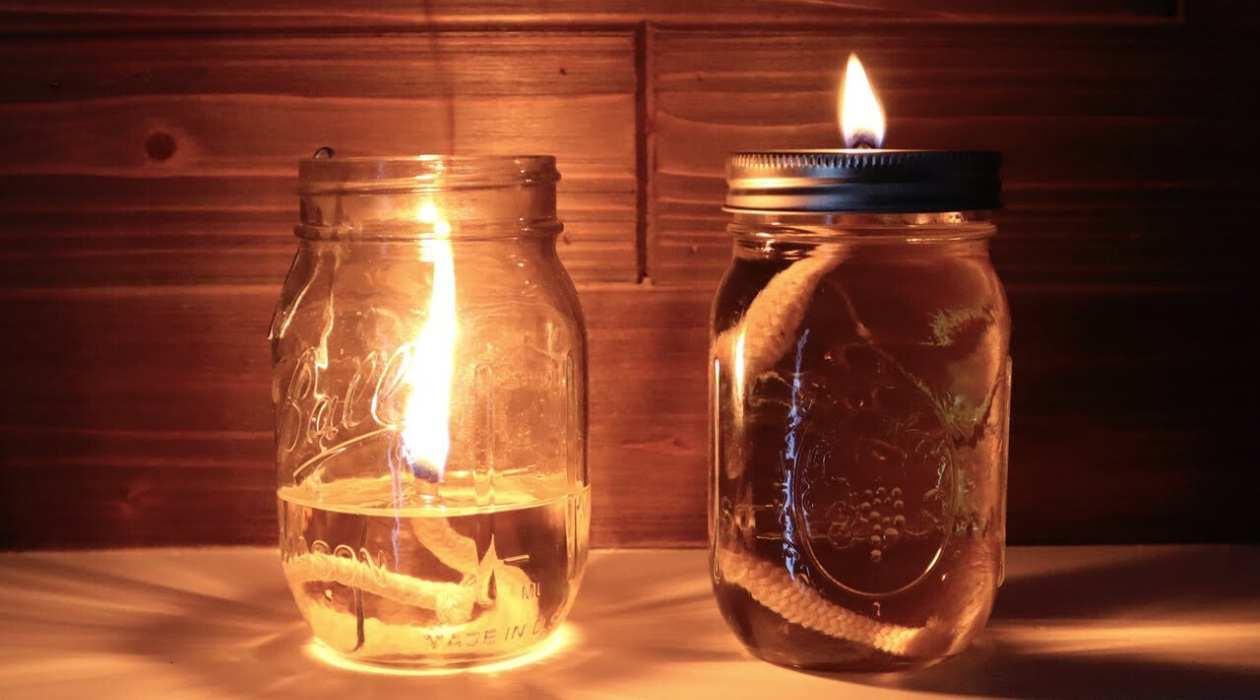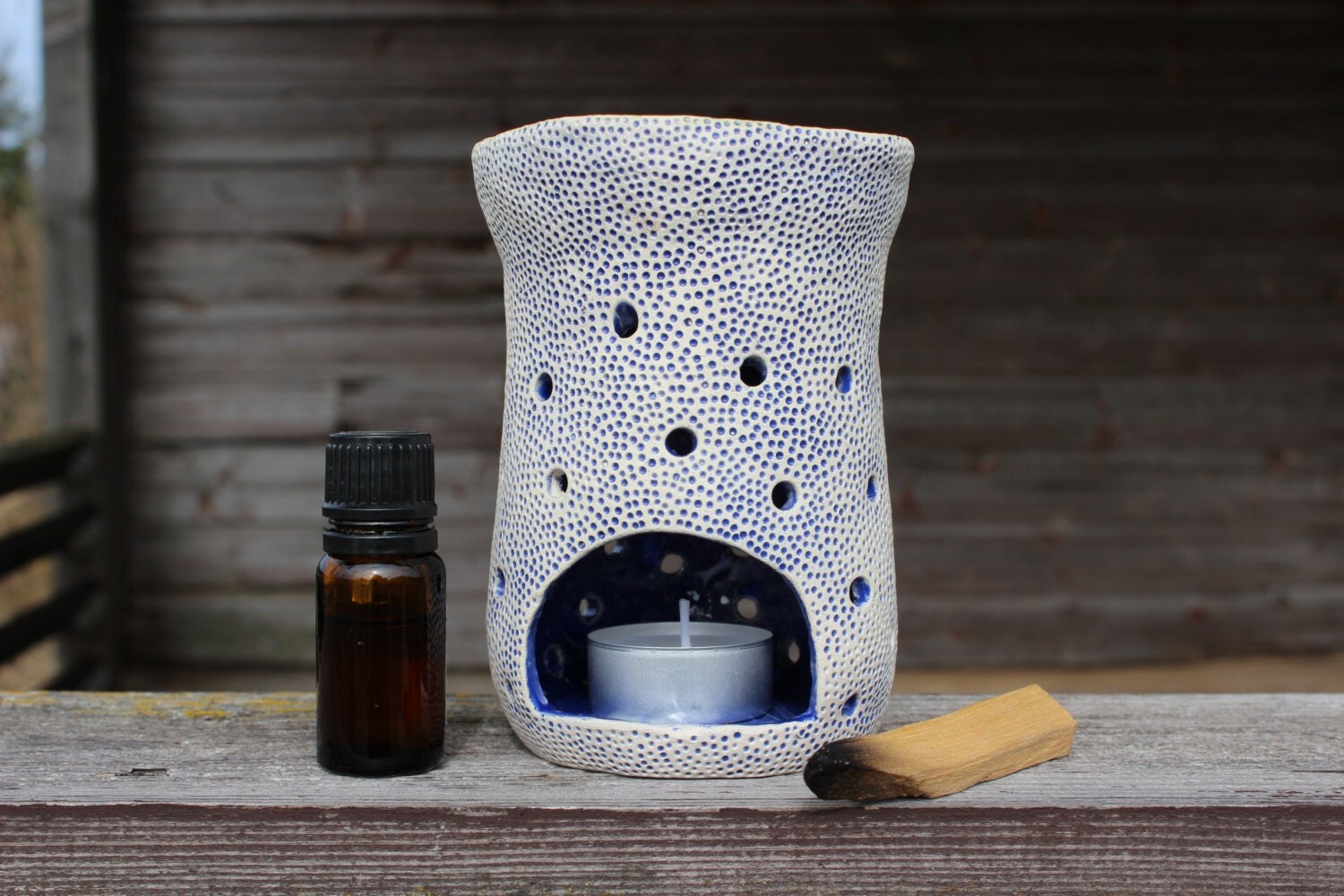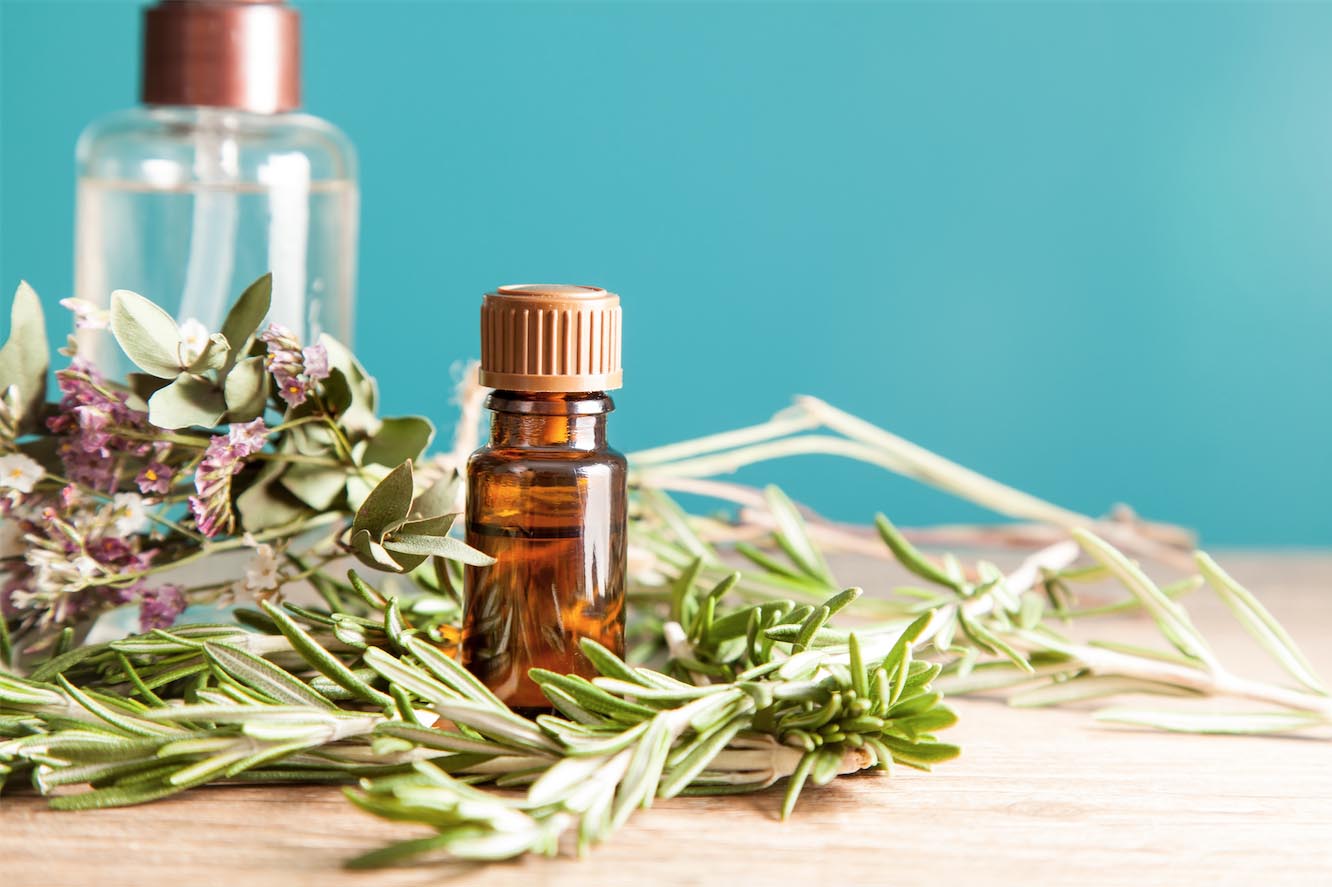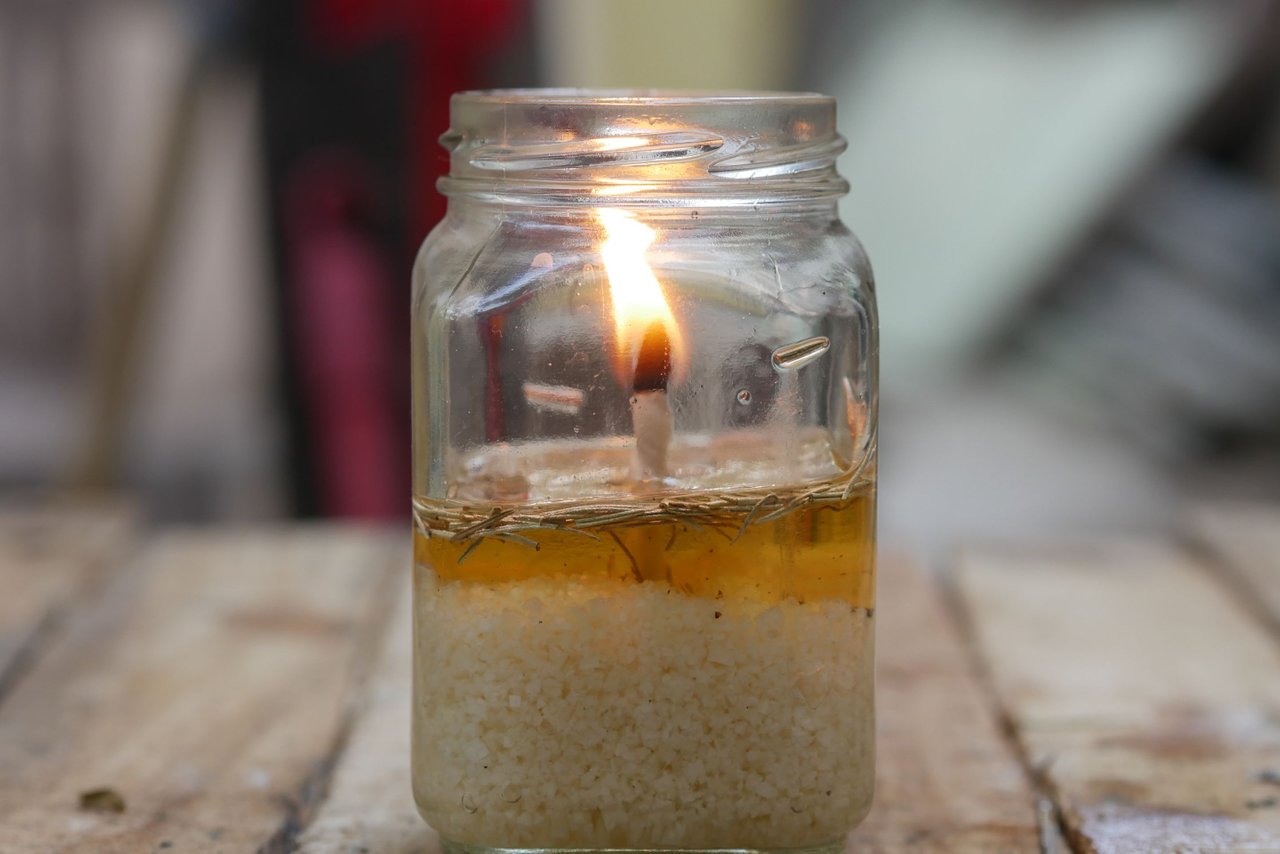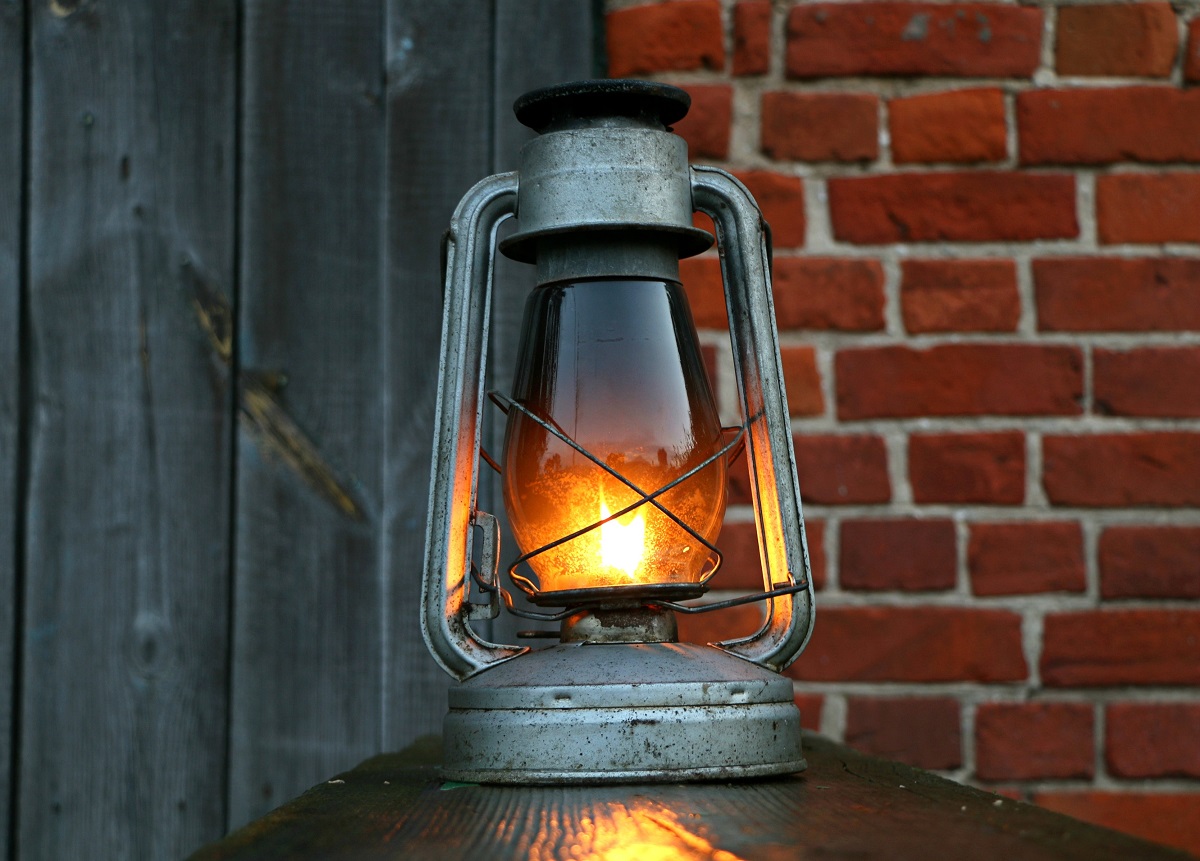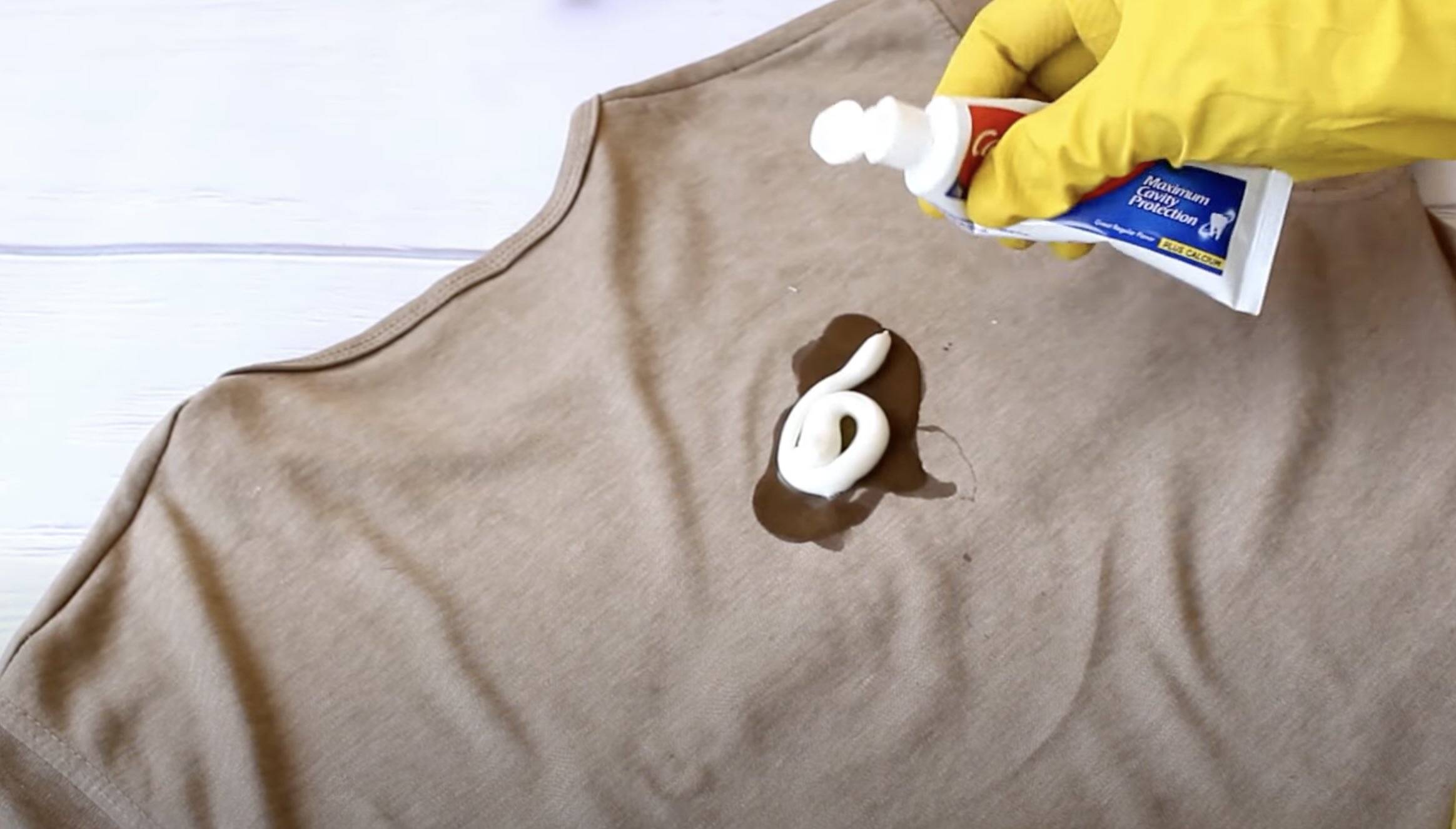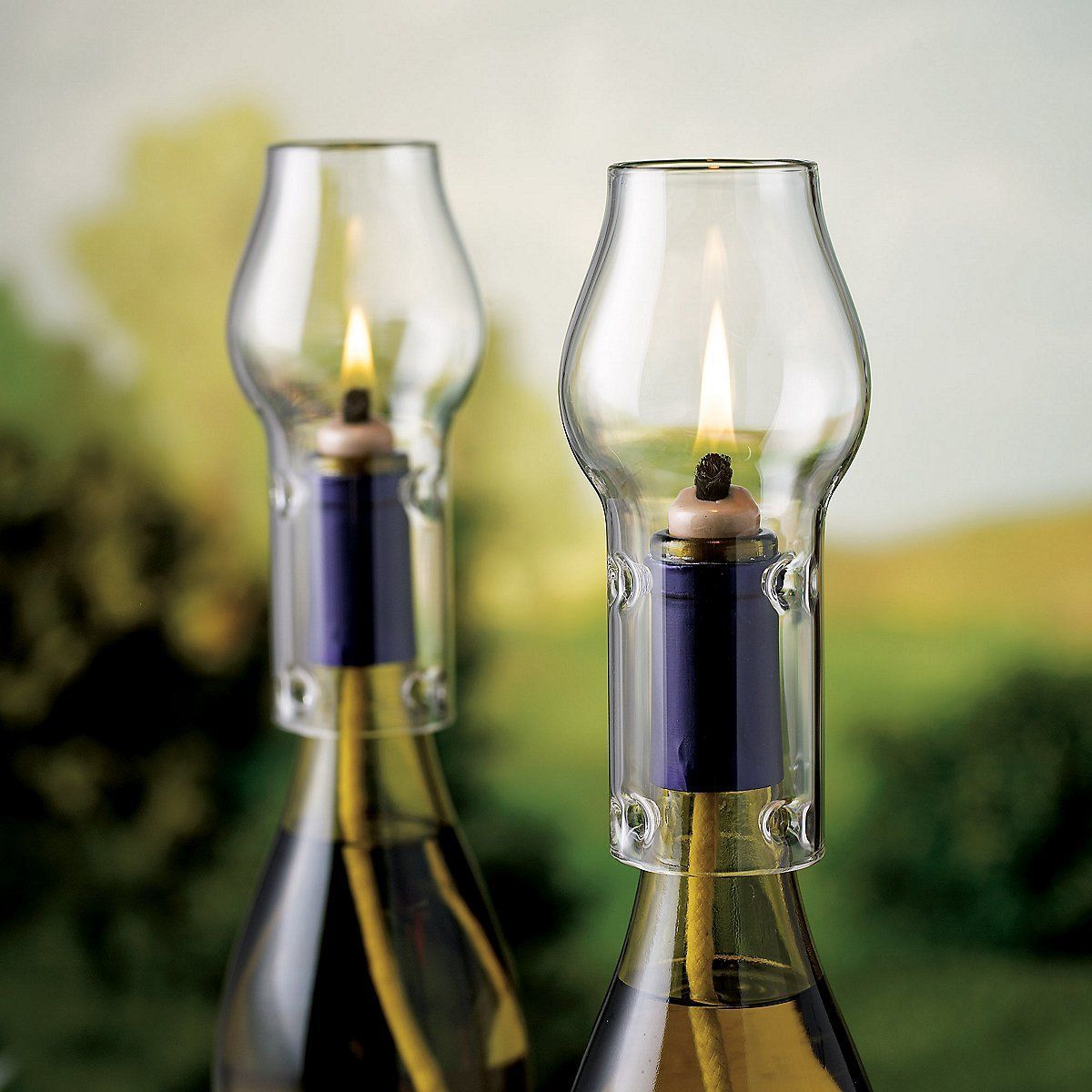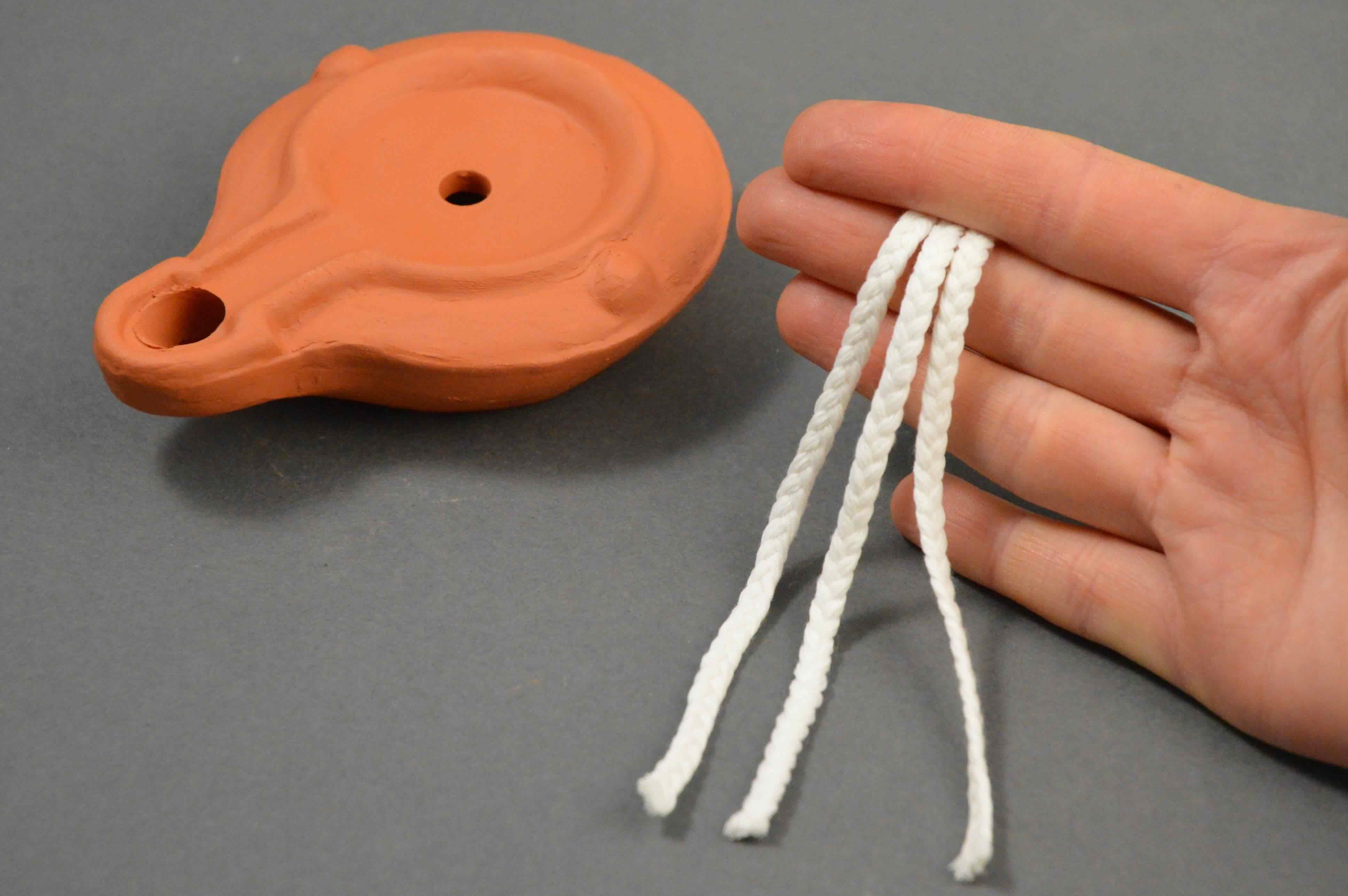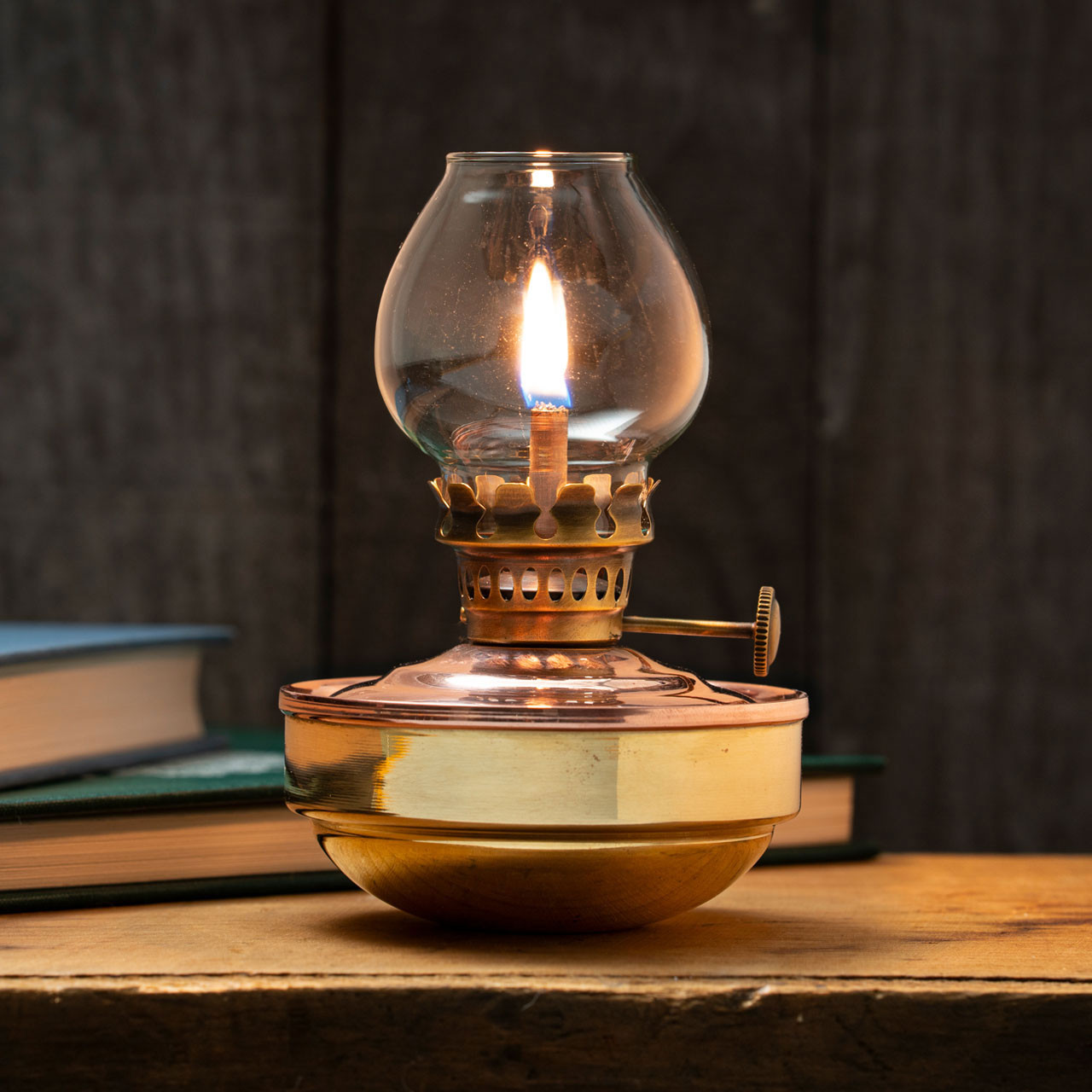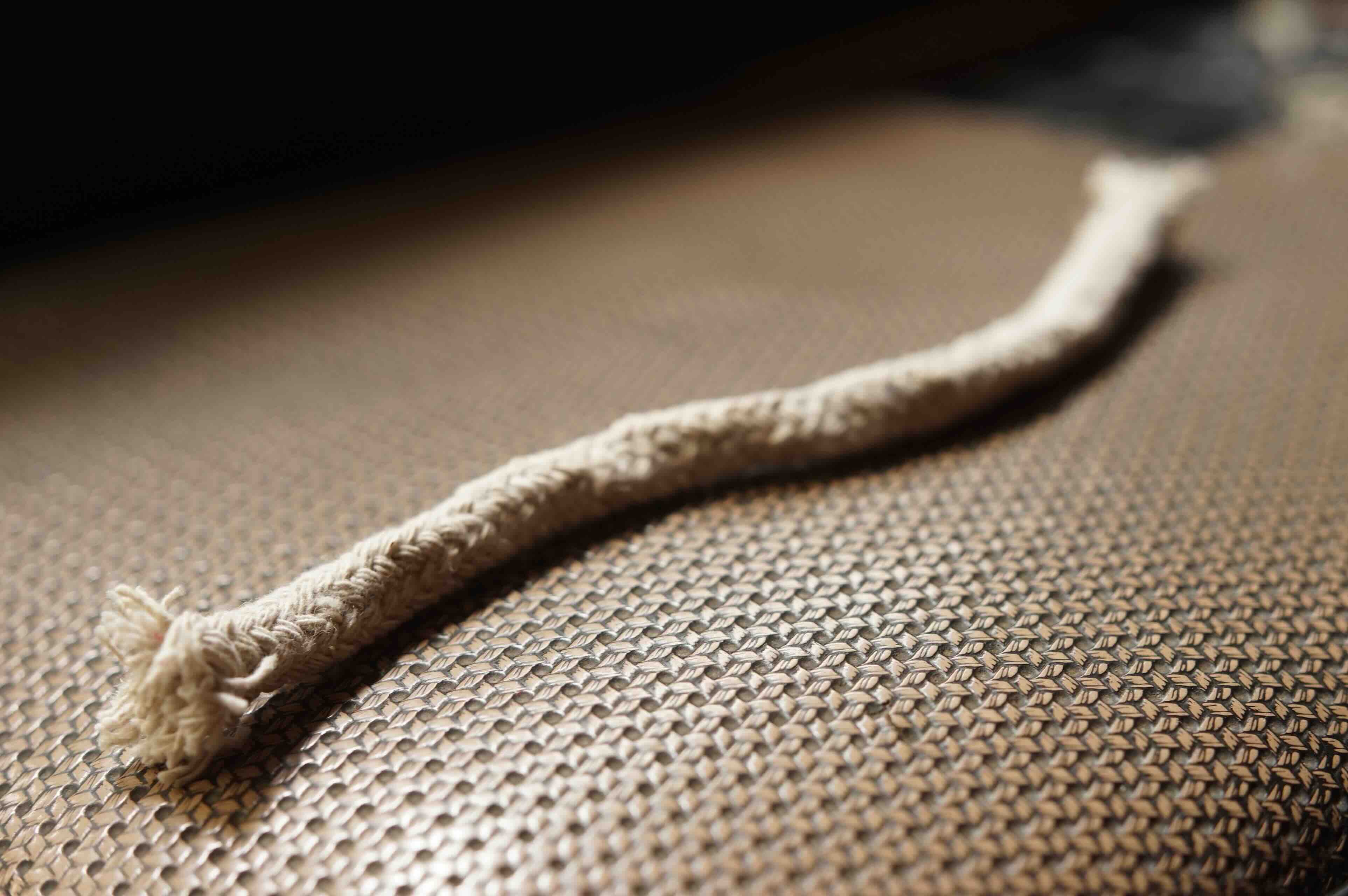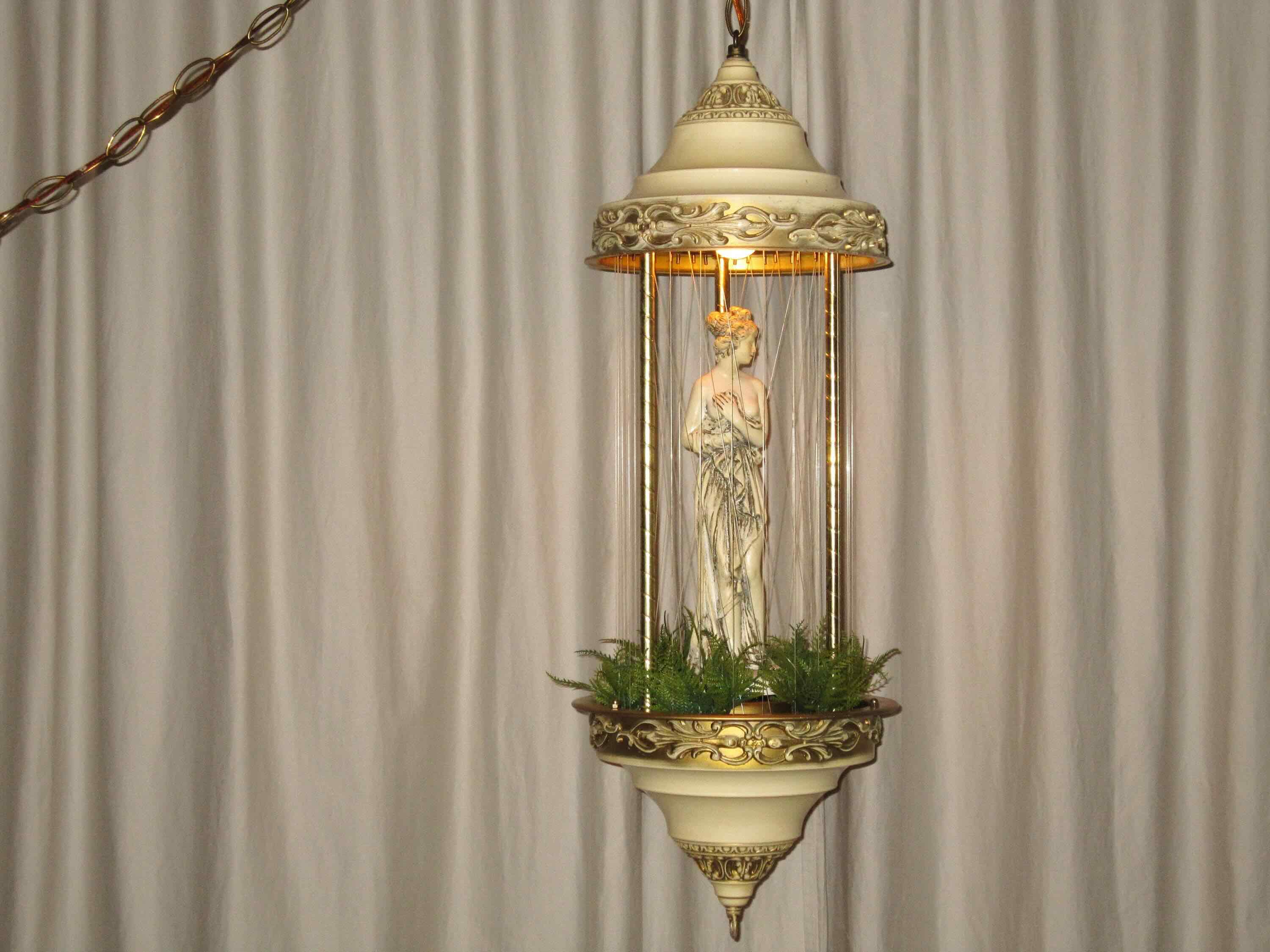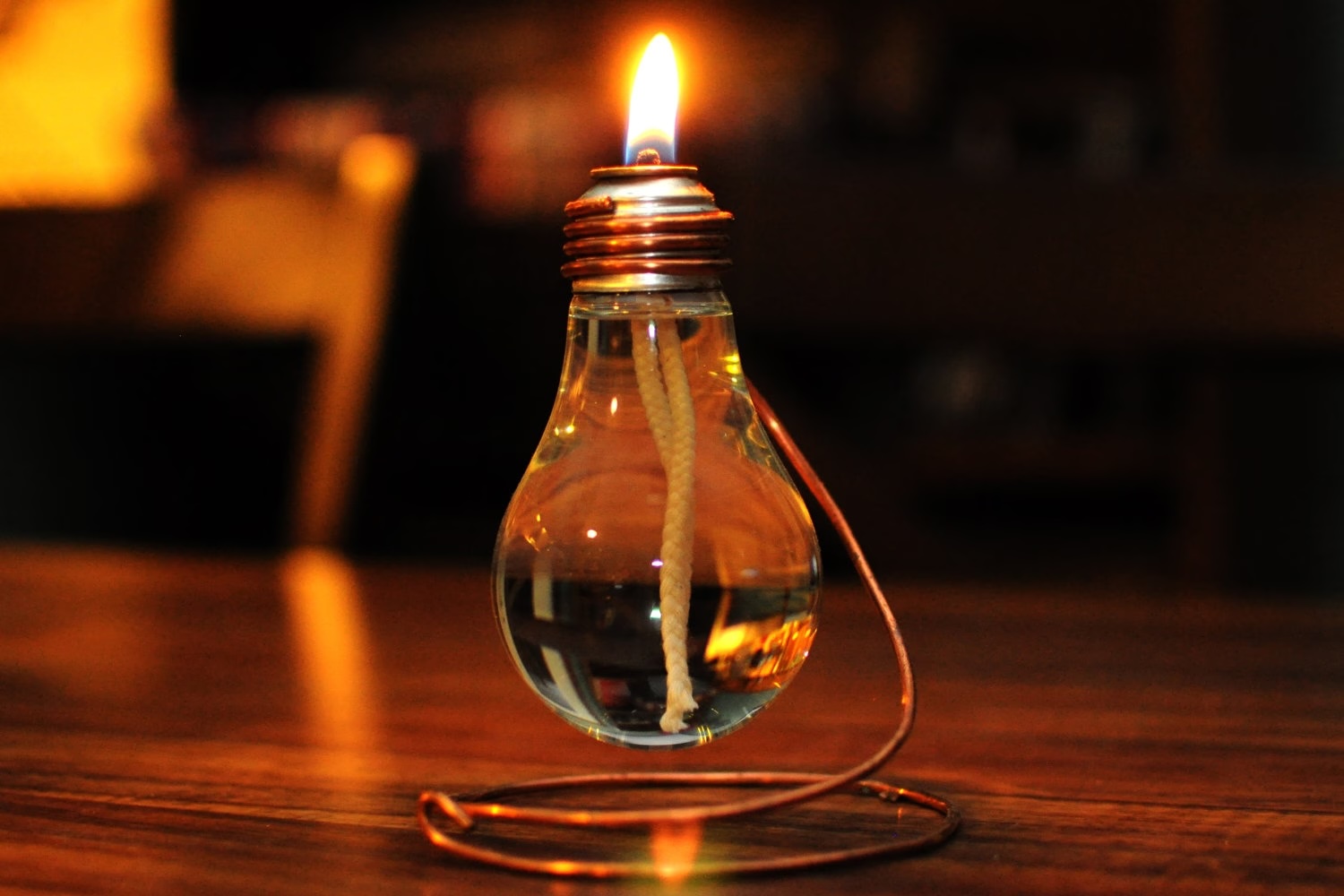

Furniture
How To Dispose Of Lamp Oil
Modified: February 25, 2024
Learn the proper way to dispose of lamp oil without harming your furniture. Follow our step-by-step guide for safe and eco-friendly disposal.
(Many of the links in this article redirect to a specific reviewed product. Your purchase of these products through affiliate links helps to generate commission for Storables.com, at no extra cost. Learn more)
Introduction
Welcome to our comprehensive guide on how to properly dispose of lamp oil. Lamp oil, also known as kerosene or paraffin oil, is commonly used to provide light and ambiance in households and outdoor settings. While lamp oil is a convenient and effective fuel source, it’s important to handle its disposal with care. Improper disposal can lead to environmental pollution and pose risks to human health. In this article, we will discuss the importance of proper disposal and provide safe and environmentally friendly methods to dispose of lamp oil.
Key Takeaways:
- Proper disposal of lamp oil is crucial for environmental protection, fire hazard prevention, legal compliance, and personal safety. Safe methods include contacting hazardous waste facilities and reusing or recycling unused oil.
- Emptying and storing lamp oil properly, exploring recycling and donation options, and disposing of containers responsibly are key steps in ensuring safe and environmentally friendly lamp oil disposal.
Read more: How To Dispose Of A Lamp
What is Lamp Oil?
Lamp oil, also known as kerosene or paraffin oil, is a flammable, colorless liquid that is commonly used as fuel for lamps, lanterns, and other oil-burning devices. It is derived from crude oil through a refining process and contains hydrocarbons that allow it to burn steadily and produce a bright, smokeless flame. Lamp oil is known for its long burning time and is a popular choice for indoor and outdoor lighting.
One of the key characteristics of lamp oil is its low volatility, which means it has a higher flash point compared to other petroleum products. This makes it safer to handle and less likely to ignite at normal temperatures. However, it is still important to exercise caution when using and disposing of lamp oil to prevent accidents and environmental harm.
Lamp oil is available in various forms, including liquid, gel, and solid. Liquid lamp oil is the most common type and is typically stored in containers ranging from small bottles to larger cans or jugs. It is important to note that lamp oil should not be confused with essential oils or other types of scented oils, which are not suitable for use in oil-burning devices.
Lamp oil is widely used in households for emergency lighting, camping trips, and outdoor events. It provides a reliable and cost-effective alternative to electricity and candles. However, due to its flammable nature, it is essential to handle and dispose of lamp oil responsibly to minimize risks and protect the environment.
Why Proper Disposal is Important
Proper disposal of lamp oil is crucial to ensure the safety of both humans and the environment. Here are several reasons why it is important to handle lamp oil disposal responsibly:
- Environmental Protection: Lamp oil can contain harmful substances and pollutants. Improper disposal, such as pouring it down the drain or into the soil, can contaminate water sources and harm aquatic life. Additionally, lamp oil may release volatile organic compounds (VOCs) into the air, contributing to air pollution and potentially damaging the ozone layer.
- Fire Hazard Prevention: Lamp oil is highly flammable. Improper disposal methods, such as throwing it in the regular trash or leaving it in open containers, can increase the risk of accidents and fires. Proper disposal helps minimize the chance of accidental ignition, protecting both your home and the surrounding environment from potential disaster.
- Legal Compliance: In many areas, improper disposal of lamp oil is against the law. Municipalities and local governments have specific regulations in place to protect public health and the environment. By adhering to proper disposal methods, you ensure compliance with these regulations and avoid potential fines or legal consequences.
- Sustainable Practices: Proper disposal of lamp oil aligns with sustainable practices and responsible waste management. By choosing safe and environmentally friendly disposal methods, you contribute to the conservation of natural resources and reduce the overall impact on the planet.
- Personal Safety: Handling lamp oil can be hazardous without the proper precautions. Incorrect disposal methods may result in accidental spills or contact with skin, leading to burns or other injuries. By following proper disposal procedures, you protect yourself and others from potential harm.
Now that we understand the importance of proper disposal, let’s explore safe and environmentally friendly methods to dispose of lamp oil.
Safe and Environmentally Friendly Methods of Disposing Lamp Oil
When it comes to disposing of lamp oil, it’s crucial to choose methods that are both safe and environmentally friendly. Here are some recommended methods to ensure proper disposal:
- Contact Your Local Hazardous Waste Facility: Many municipalities have designated hazardous waste facilities where you can safely dispose of lamp oil. These facilities are equipped to handle various types of hazardous materials and can provide guidance on the proper disposal process. Check with your local government or waste management department to find the nearest facility and inquire about the accepted methods of disposal.
- Reuse or Recycle: If you have unused or partially used lamp oil that is still in good condition, consider donating it to organizations or individuals who can make use of it. Community centers, schools, or camping clubs may appreciate the donation. Alternatively, some recycling centers accept lamp oil for proper disposal. Contact your local recycling center to inquire about their policies and procedures.
- Evaporate in a Well-Ventilated Area: If you have a small amount of lamp oil to dispose of, you can consider evaporating it in a well-ventilated outdoor area. Transfer the lamp oil to a shallow, non-flammable container and place it in a safe location away from open flames or heat sources. Allow the oil to naturally evaporate over time. Remember to choose a well-ventilated area to prevent the buildup of vapors.
- Mix with an Absorbent Material: Another option for small amounts of lamp oil is to mix it with an absorbent material, such as kitty litter or sawdust. The absorbent material will help solidify the oil, making it easier and safer to dispose of. Once the mixture has solidified, seal it in a plastic bag and dispose of it in the regular trash, following your local waste management guidelines.
- Consult Professional Disposal Services: In some cases, it may be necessary to seek professional disposal services. Companies that specialize in hazardous waste disposal can safely collect and dispose of lamp oil in compliance with local regulations. While this may incur a cost, it ensures that the lamp oil is disposed of correctly and responsibly.
Remember, always prioritize safety when disposing of lamp oil. Avoid pouring it down the drain or into the soil, as this can harm the environment and potentially contaminate water sources. By following these safe and environmentally friendly disposal methods, you can contribute to a cleaner and safer environment.
Emptying the Lamp
Before you dispose of lamp oil, you need to empty the lamp safely and effectively. Here’s a step-by-step guide on how to empty your lamp:
- Turn Off the Lamp: Before handling the lamp, make sure it is turned off and has had time to cool down. This will help prevent accidental burns or spills.
- Remove the Wick: Take out the wick from the lamp. If the wick is still soaked in lamp oil, carefully squeeze out any excess oil back into the lamp reservoir.
- Pour Lamp Oil Back Into the Original Container: Carefully pour the remaining lamp oil from the lamp reservoir back into its original container. Use a small funnel if necessary to avoid spills or splatters.
- Clean the Lamp: Wipe the lamp reservoir and any other oil-contaminated surfaces with a cloth or paper towel to remove any remaining oil residue.
- Dispose of Used Wick Properly: If the wick is used up or too charred to reuse, wrap it in paper or place it in a plastic bag and dispose of it in the regular trash.
- Secure the Lamp: If you plan to keep the lamp for future use, ensure that it is stored safely. Remove any remaining lamp oil from the lamp reservoir, and make sure the lamp is clean and dry before storing it. Properly store the lamp in a cool, dry place away from sources of heat or direct sunlight.
Remember to handle lamp oil and the lamp itself with care during the emptying process to avoid accidents or spills. If you encounter a large spill or leakage, it’s recommended to contact your local hazardous waste facility for guidance on proper cleanup and disposal.
Now that your lamp is emptied, let’s discuss the best practices for storing any unused lamp oil.
When disposing of lamp oil, it is important to take it to a hazardous waste facility or a designated collection site. Do not pour it down the drain or throw it in the trash.
Read more: How To Dispose Of Reed Diffuser Oil
Storing Unused Lamp Oil
Proper storage of unused lamp oil is essential to maintain its quality and prevent potential hazards. Here are some tips for storing lamp oil:
- Original Container: Keep lamp oil in its original, tightly sealed container. The original container is designed to prevent leaks and spills and is typically made of durable materials that are compatible with lamp oil.
- Cool and Dry Location: Store the lamp oil in a cool and dry location, away from direct sunlight, heat sources, and open flames. Excess heat can cause the oil to degrade or become volatile, increasing the risk of accidents.
- Child and Pet Safety: Ensure that the containers of lamp oil are stored out of reach of children and pets. Lamp oil is poisonous if ingested and can be harmful if it comes into contact with the skin or eyes.
- Label the Container: Clearly label the container with the contents and date of purchase. This will help you keep track of the lamp oil’s age and easily identify it among other stored materials.
- Check for Contamination: Regularly inspect the container and the oil for any signs of contamination, such as discoloration or strange odors. If you notice any changes, it’s best to dispose of the lamp oil rather than using it.
- Avoid Long-Term Storage: While lamp oil has a long shelf life, it’s advisable not to store it indefinitely. Over time, the quality of the oil can deteriorate, making it less effective and potentially unsafe to use. Check the manufacturer’s instructions for the recommended storage duration.
By following these storage guidelines, you can ensure that your unused lamp oil remains in good condition and ready for future use. However, if you find yourself with a surplus of unused lamp oil that you no longer need, consider the recycling or donation options we’ll discuss next.
Recycling Options for Lamp Oil
When it comes to disposing of unused lamp oil, recycling is an eco-friendly option. While not all areas have specific recycling programs for lamp oil, there are still a few options to explore:
- Local Recycling Centers: Some recycling centers accept certain types of flammable liquids, including lamp oil. Contact your local recycling center to inquire about their policies and procedures for accepting lamp oil. They will be able to provide you with specific instructions on how to safely dispose of it.
- Hazardous Waste Collection Events: Many communities hold periodic hazardous waste collection events where residents can drop off various types of hazardous materials, including lamp oil. Check with your local government or waste management department to find out if they host such events and if they accept lamp oil.
- Call for Information: If you cannot find recycling options readily available in your area, call your local waste management or environmental protection agency for guidance. They may be able to provide you with more information about recycling programs or direct you to the appropriate facilities.
Proper recycling ensures that lamp oil is disposed of in an environmentally responsible manner. If recycling options are not feasible in your location, consider donating the unused lamp oil to others who may be able to use it safely.
Donating Unused Lamp Oil
If you find yourself with unused lamp oil that is still in good condition, donating it can be a valuable option. By donating, you not only prevent wastage but also help others who may benefit from the oil. Here are some ways you can donate unused lamp oil:
- Local Community Organizations: Contact local community centers, homeless shelters, or organizations that provide emergency relief. These organizations often appreciate donations of essential supplies, including lamp oil, for those in need during power outages or other emergency situations.
- Environmental or Outdoor Groups: Reach out to environmental or outdoor groups, such as camping clubs, scout troops, or wilderness organizations. They may be interested in accepting donations of lamp oil for their outdoor activities and trips.
- Community Gardens: Check with community gardens or urban gardening initiatives in your area. Lamp oil can be valuable for lighting in garden sheds or for nighttime gardening events.
- Neighbors or Friends: Consider offering the unused lamp oil to neighbors, friends, or acquaintances who utilize this type of fuel. It’s a great way to share resources and avoid wastage.
- Online Platforms: Utilize online platforms and local community groups to offer the lamp oil for free or at a nominal cost. Websites like Freecycle or neighborhood-based social media groups are often effective in connecting you with individuals who may find your donation useful.
Before donating the lamp oil, ensure that it is properly labeled and securely sealed. If the oil is in a disposable container, consider transferring it to a more durable and leak-proof container for safety during transportation.
By donating your unused lamp oil, you can both help others and contribute to a more sustainable community. However, if donation is not feasible or there is no demand for lamp oil in your area, proper disposal of the containers is the next step to ensure responsible waste management.
Disposing of Lamp Oil Containers
Once you have emptied your lamp oil containers, proper disposal of the containers is important to ensure responsible waste management. Here are the steps to dispose of lamp oil containers:
- Check for Residue: Before disposal, make sure the containers are completely empty and free of any residual lamp oil. If there is any remaining oil, transfer it back to the original container or follow the guidelines provided by your local hazardous waste facility.
- Recycle if Applicable: Check if the container or its material is recyclable in your area. If it is, clean the container thoroughly, remove any labels or stickers, and place it in the appropriate recycling bin. Follow your local recycling guidelines to ensure proper recycling.
- Properly Seal and Secure: If the container is not recyclable or if there are no recycling facilities available for it, ensure that the container is securely sealed to prevent leaks or spills. Tape the lid shut, if necessary, to minimize the risk of accidental opening during disposal.
- Follow Local Guidelines: Dispose of the lamp oil containers according to your local waste management guidelines. This may involve placing them in your regular household trash or adhering to specific instructions for hazardous waste disposal. Contact your local waste management department or check their website for information on proper disposal methods.
- Avoid Pouring Down the Drain: Never pour lamp oil or its containers down the drain, as it can contaminate water sources and harm the environment.
Remember, different areas have varying regulations and guidelines for the disposal of hazardous waste, including lamp oil containers. It is important to adhere to these guidelines to ensure the safety of the environment and follow legal compliance.
By disposing of lamp oil containers correctly, you contribute to responsible waste management and help protect the environment. With proper disposal completed, you can rest assured that your lamp oil and its containers have been handled in a safe and environmentally friendly manner.
Read more: How To Clean An Oil Lamp
Conclusion
Proper disposal of lamp oil is essential to ensure the safety of both humans and the environment. In this comprehensive guide, we have discussed the importance of handling lamp oil disposal with care and provided various safe and environmentally friendly methods to dispose of lamp oil.
We began by understanding what lamp oil is and its common uses, emphasizing its flammable nature and the need for responsible disposal. We explored the reasons why proper disposal is important, including environmental protection, fire hazard prevention, legal compliance, sustainable practices, and personal safety.
To ensure safe and environmentally friendly disposal, we discussed methods such as contacting local hazardous waste facilities, reusing or recycling unused oil, evaporating in a well-ventilated area, mixing with an absorbent material, and consulting professional disposal services. Additionally, we highlighted the importance of emptying the lamp properly and storing unused lamp oil in a cool and dry location.
If recycling options are available in your area, it is recommended to explore those avenues. Alternatively, donating unused lamp oil to community organizations, environmental groups, or individuals in need can be a valuable option to prevent wastage and help others.
Furthermore, we emphasized the importance of disposing of lamp oil containers correctly. Whether it’s recycling the containers if applicable, securely sealing them, or following local waste management guidelines, proper disposal ensures responsible waste management and prevents any potential harm to the environment.
By following these guidelines, you can contribute to a cleaner and safer environment while adhering to legal regulations and promoting a sustainable approach to waste management.
In summary, proper disposal of lamp oil is not only a matter of environmental responsibility but also a way to ensure the safety and well-being of individuals. By taking the necessary steps to dispose of lamp oil and its containers correctly, you can make a positive impact and protect our planet for generations to come.
Frequently Asked Questions about How To Dispose Of Lamp Oil
Was this page helpful?
At Storables.com, we guarantee accurate and reliable information. Our content, validated by Expert Board Contributors, is crafted following stringent Editorial Policies. We're committed to providing you with well-researched, expert-backed insights for all your informational needs.
